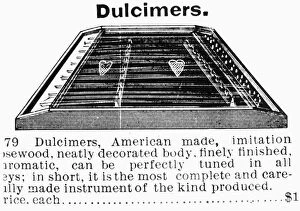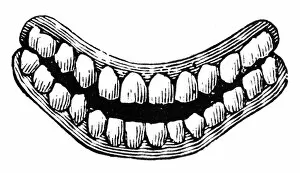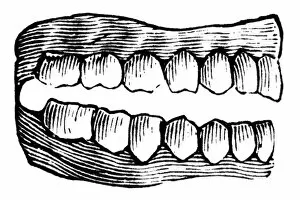Line Cut Collection
"Captivating Line Cuts: Exploring Late 19th and Early 20th Century Treasures" Step back in time with these mesmerizing line cuts
All Professionally Made to Order for Quick Shipping
"Captivating Line Cuts: Exploring Late 19th and Early 20th Century Treasures" Step back in time with these mesmerizing line cuts, showcasing a diverse range of intriguing objects from the late 19th and early 20th centuries. First up is the majestic Peloubet Church Organ, an American masterpiece from the late 19th century. The intricate details captured in this line cut transport us to a bygone era filled with melodious hymns and reverent worship. Next, we have a French Bicycle that exudes elegance and sophistication. This c1920 line cut transports us to the streets of Paris, where cyclists gracefully pedaled through cobblestone alleys, embracing both style and functionality. Returning to Peloubet Church Organ once again, we are reminded of its timeless beauty as it takes center stage in another captivating line cut. Its grandeur resonates with echoes of sacred music filling ornate sanctuaries across America during this period. Moving on to more everyday items, we encounter Scissors - a simple yet essential tool that has been used for countless tasks throughout history. This French c1900 line cut showcases their sleek design while reminding us of their practicality in our daily lives. In contrast to utilitarian objects, we stumble upon a charming Clown Doll from 1895 - an embodiment of whimsy and childhood joy. With its mischievous grin frozen forever in this American line cut, it evokes memories of laughter-filled playtimes long ago. The Dulcimer makes its appearance next - an enchanting musical instrument featured in Montgomery Ward's catalogue from 1895. This delicate stringed instrument invites us to imagine melodies drifting through cozy parlors during quiet evenings spent among loved ones. Now let's explore Dentures - fascinating dental prosthetics that were gaining popularity around 1900. These multiple mentions emphasize their significance at the turn of the century as people sought to improve their smiles and oral health.











